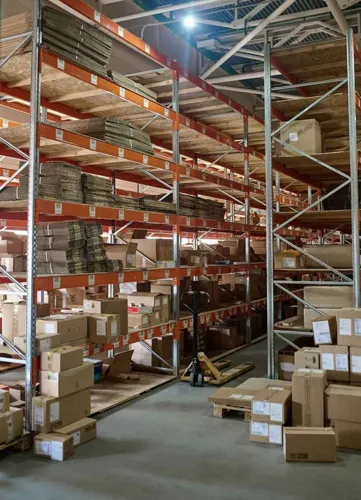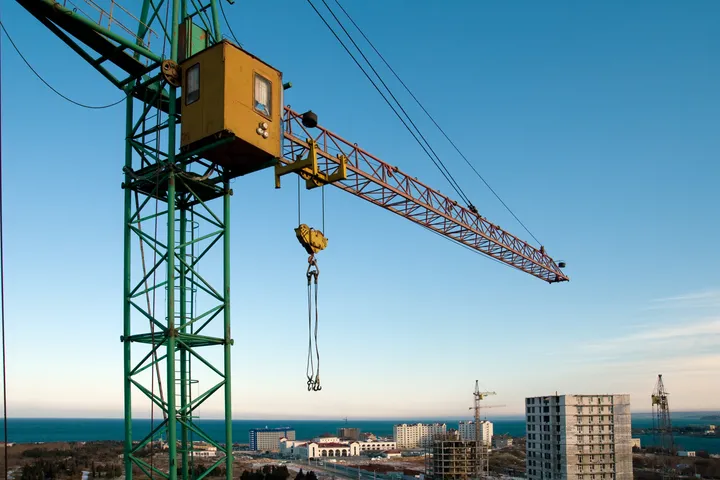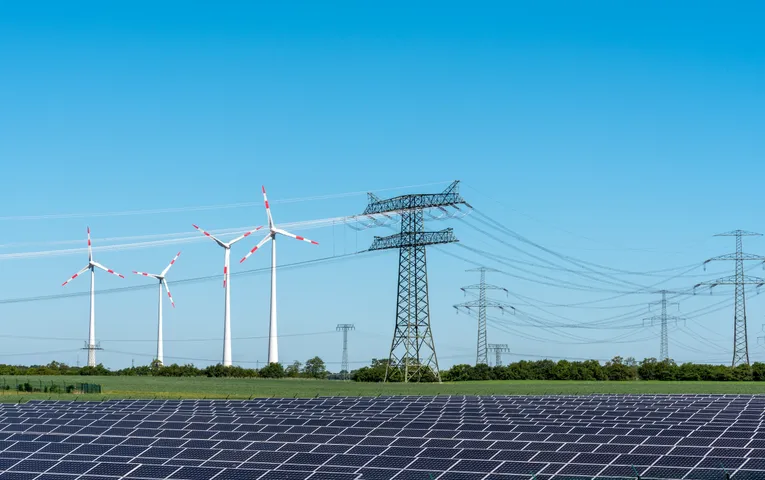Market Research Malaysia
Exploring Market Opportunities in Malaysia
With more than forty years of unparalleled expertise, Eurogroup Consulting stands as a foremost authority in providing strategic consulting services, focusing specifically on market research throughout Malaysia. Our committed team offers exceptional insights and sophisticated analytical skills, making us the perfect partner for understanding and excelling in Malaysia’s dynamic and varied market environment.


/ Introduction
Eurogroup Consulting, renowned for over four decades of unparalleled expertise, stands as the premier advisory firm for businesses looking to penetrate the rapidly growing Malaysian market.
Our dedication to crafting innovative solutions is fueled by the unique challenges and opportunities presented by Malaysia’s dynamic economic environment.
Strategies Tailored for Market Success
Navigating Malaysia’s complex market dynamics requires a partnership with a consultancy that not only offers strategic insights but also provides customized solutions. Eurogroup Consulting’s team of experts excels in:
Market Research in Malaysia
Comprehensive analysis of market trends, consumer behaviors, and competitive landscapes to guide strategic planning.
Strategic Planning for Malaysia
Developing customized strategies that align with Malaysia's distinctive business environment.
Market Entry Strategy for Malaysia
Simplifying market entry from regulatory compliance to establishing local partnerships.
Value Chain Optimization in Malaysia
Analyzing the entire value chain to identify and leverage opportunities for increased efficiency and improvement.
Competitive Benchmarking in Malaysia
Extensive competitor assessments and market positioning to establish a competitive edge.
Distribution & Partnership Development in Malaysia
Facilitating expansion through effective distribution channels and strategic alliances.
Mergers and Acquisitions Advisory in Malaysia
Aiding in identifying M&A opportunities and managing transaction processes.
Consumer Behavior Analysis in Malaysia
Gaining insights into consumer preferences to shape effective business strategies.
Market Research in Malaysia
Detailed analysis of market trends, consumer behaviors, and competitive landscapes to steer strategic planning.
Strategic Planning for Malaysia
Crafting strategies that are uniquely aligned with Malaysia’s business environment.
Market Entry Strategy for Malaysia
Streamlining market entry with an emphasis on compliance and local partnerships.
Value Chain Optimization in Malaysia
Comprehensive analysis of the entire value chain to uncover and leverage opportunities for increased efficiency and improvement.
Competitive Benchmarking in Malaysia
Extensive competitor assessments and market positioning to establish a competitive edge.
Distribution & Partnership Development in Malaysia
Driving expansion through effective distribution networks and strategic alliances.
Mergers and Acquisitions Advisory in Malaysia
Supporting the identification of M&A opportunities and managing the transaction process.
Consumer Behavior Analysis in Malaysia
Gaining deep insights into consumer preferences to shape effective business strategies.
Eurogroup Consulting is your gateway to success in Malaysia’s vibrant market. We are ready to collaborate with your business to harness growth amidst Malaysia’s promising opportunities.
We specialize in the following key sectors of the Malaysia market
/ Case Studies
We have successfully completed hundreds of projects for our clients
Trusted
Since 1982
Evolving Consumer Preferences: The Rise of Sustainable Consumer Goods in Malaysia

Electric Vehicle Adoption: Infrastructure and Market Dynamics in Malaysia

E-commerce Boom: Adapting Logistics Infrastructure for Malaysia’s Online Retail Market

Renewable Energy Transition: Solar Power Adoption in Malaysia

Hospital Management Systems: Streamlining Operations for Better Patient Care in Malaysia

Revolutionizing Urban Infrastructure: The Impact of Sustainable Construction Practices in Kuala Lumpur

/ Contact Us
Speak to advisors with experience in the Malaysia market









